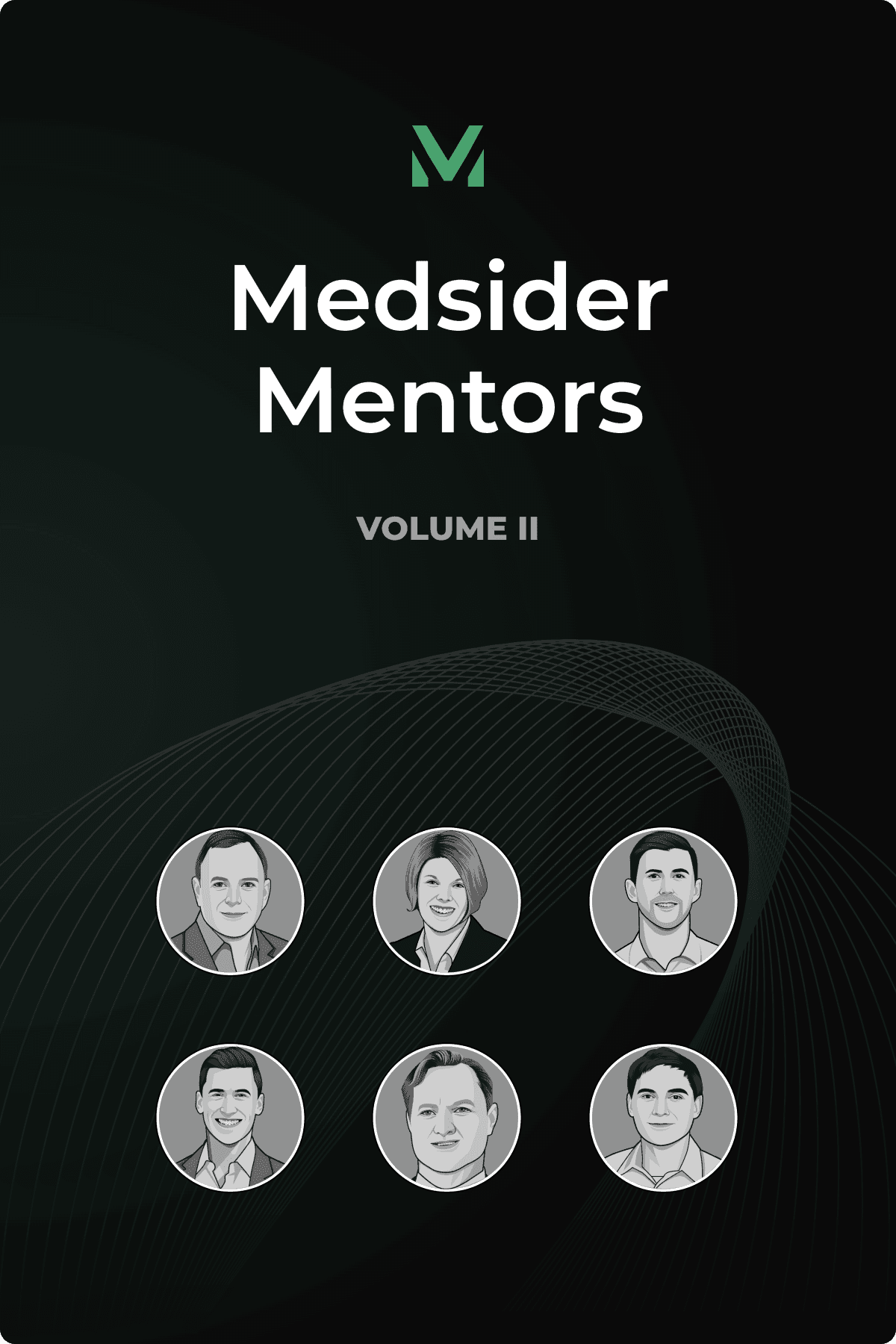Marrying Clinical Outcomes with Cost Savings
Interview with Hinge Health President Jim Pursley

In startups, it’s easy to get distracted by shiny technology and forget business fundamentals. For Jim Pursley, who’s sold a company for multiple billions of dollars, success needs to be built on a solid foundation.
That means focusing on proven markets and delivering demonstrable cost savings to both practitioners and patients.
Jim’s approach has worked out well for him. He co-founded Livongo in 2014, took it public in 2019, and sold it to Teladoc in 2020 for $18.5 billion.
Jim’s been the President of Hinge Health since March 2021. Under his leadership, the company is fast establishing itself as the market leader in at-home musculoskeletal physical therapy.
You May Like These Articles
Medsider Premium
Become a premium member and unlock access to exclusive Medsider benefits.



